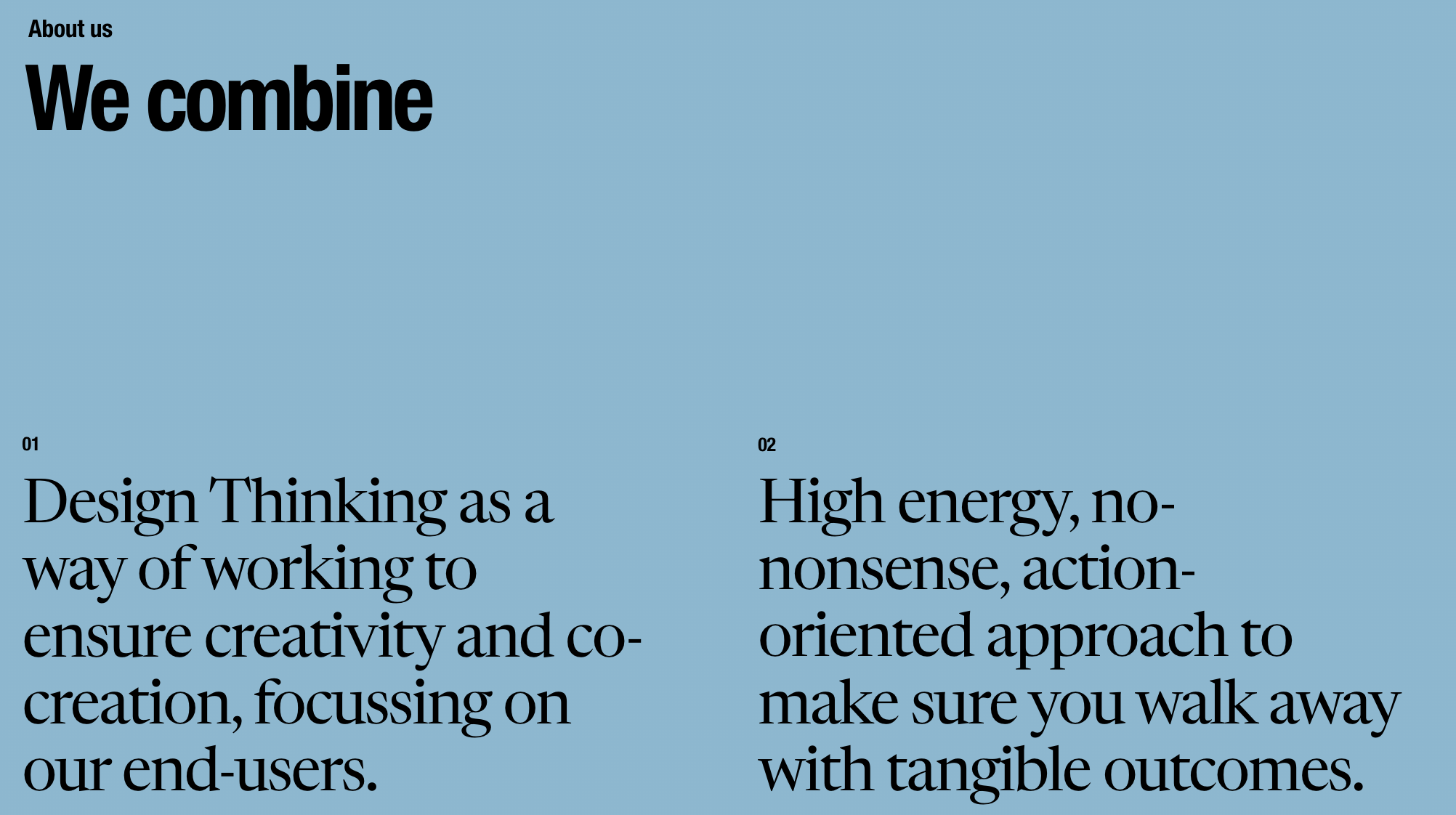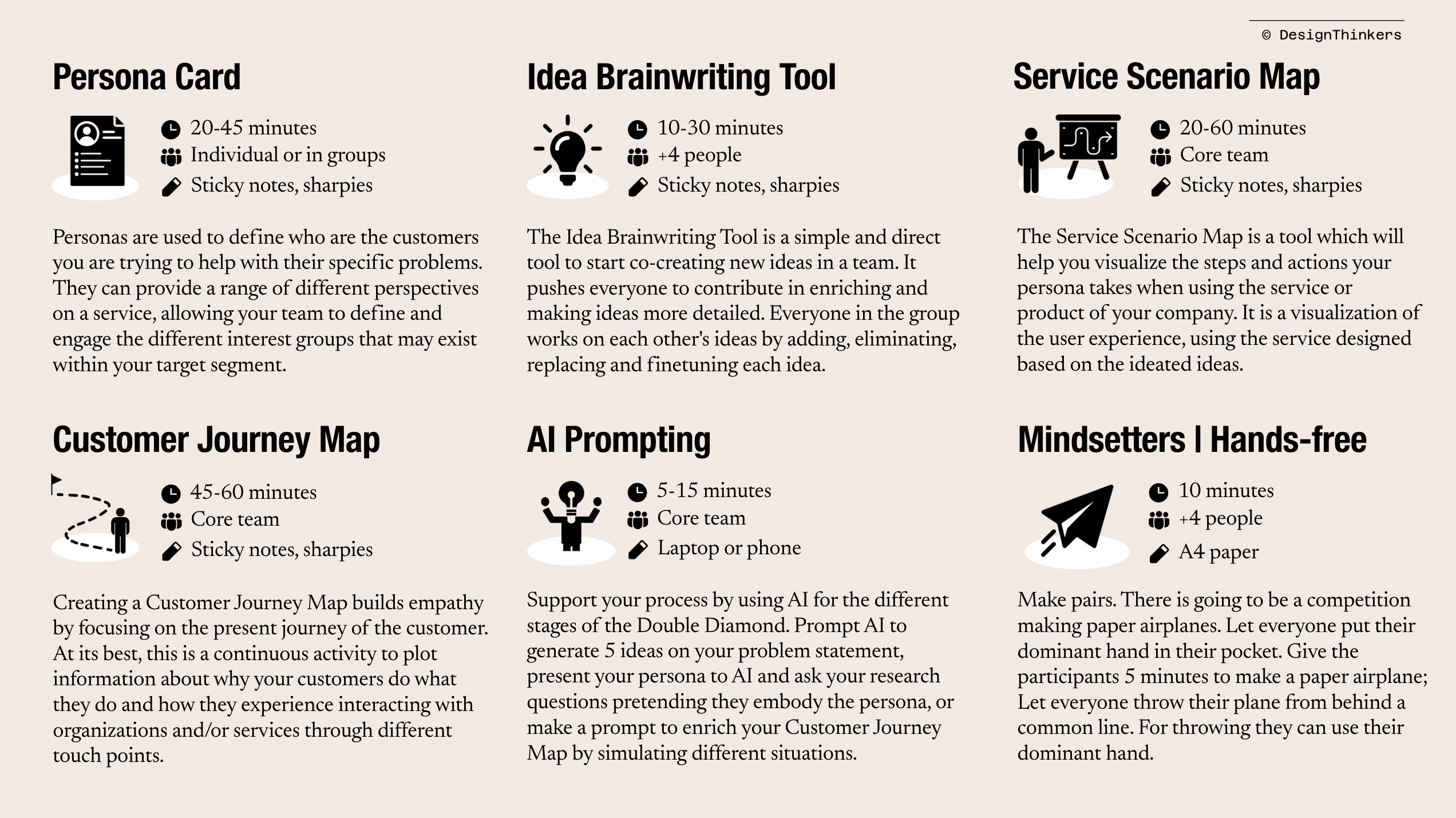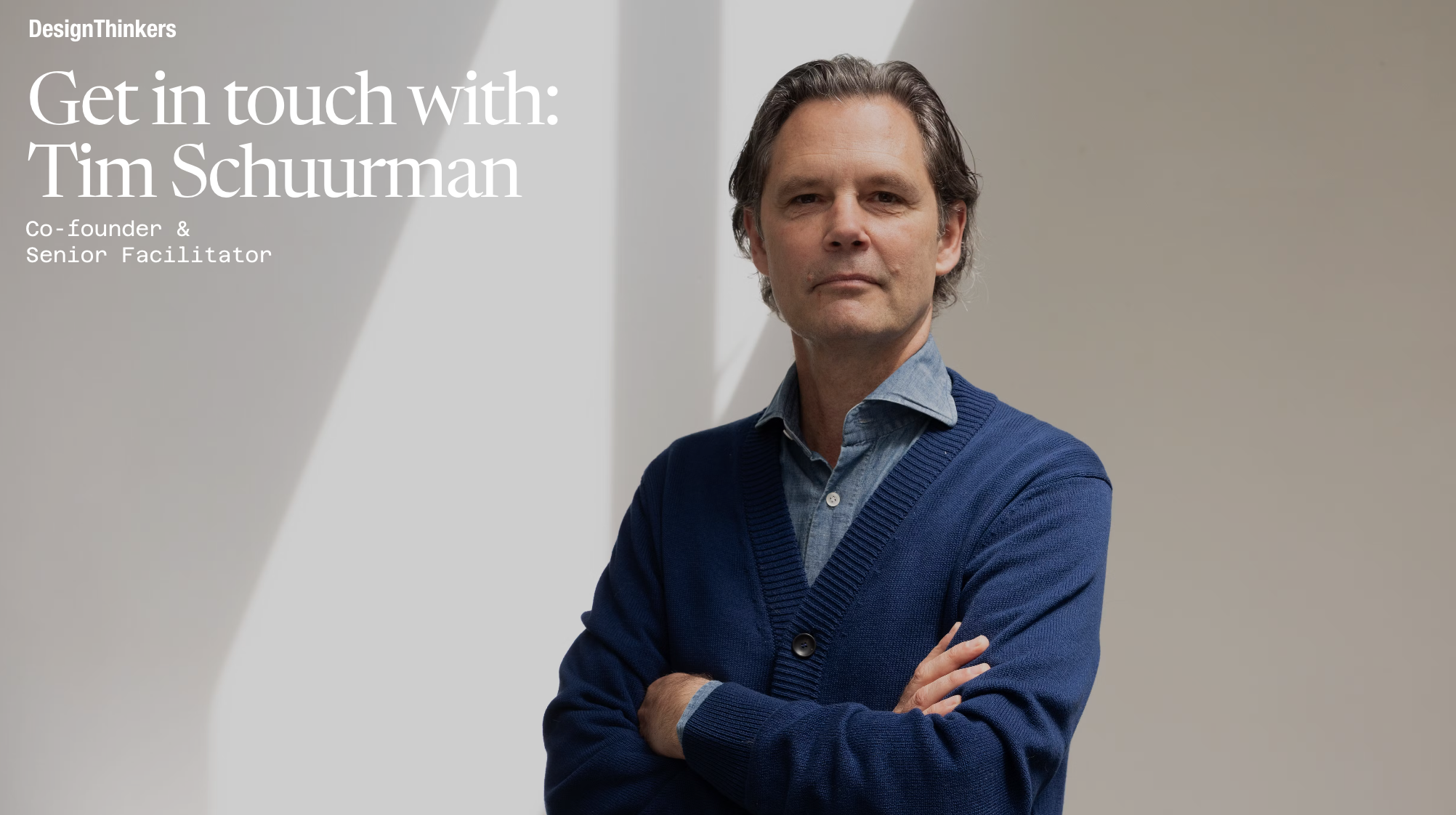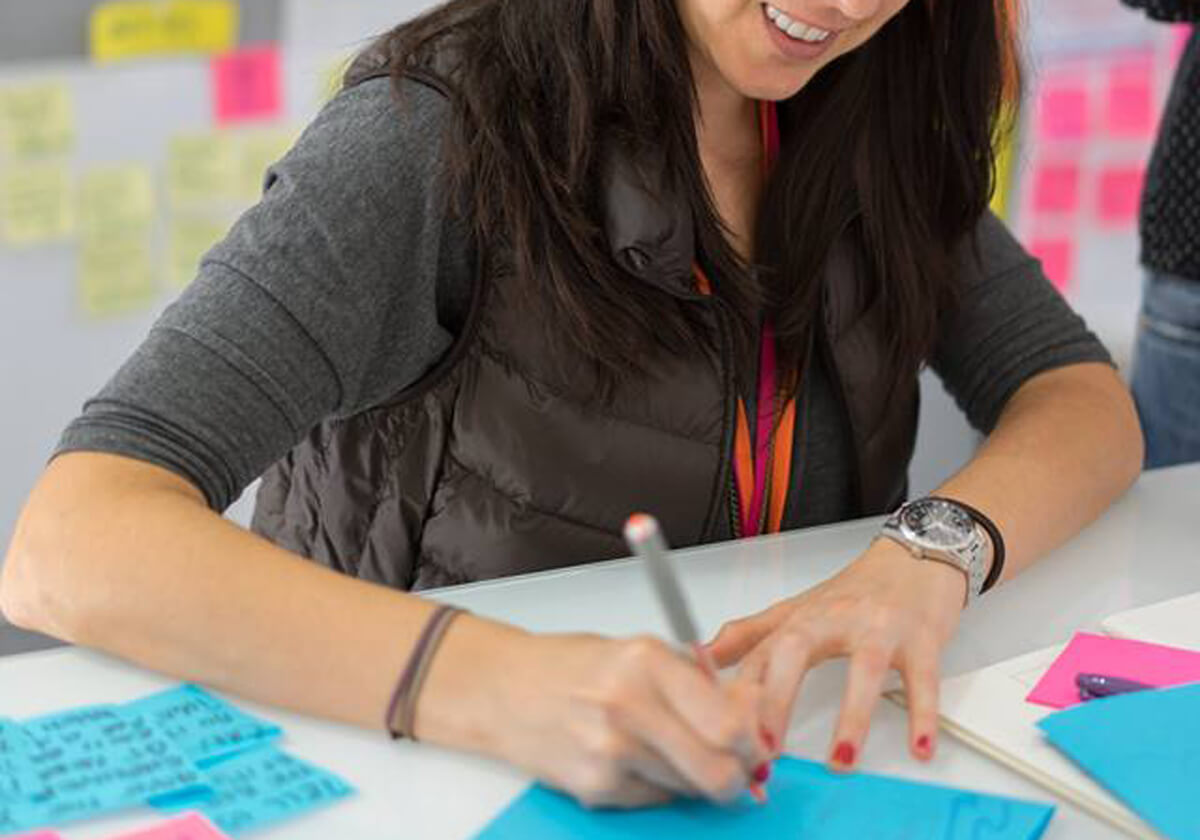Why Design Thinking?
A human-centered approach for innovation
Organizations aim to stay competitive. In order to do that, they need to reassess their structure and the manner in which they function. Furthermore, it is important to build lasting relationships with your customers. Complicated problems such as these need more attention than meets the eye. As a result, Design Thinking can deliver the innovative ideas and solutions needed to solve these problems. It is a human-centered mindset that closes the gap between organizations and people.
Hence, closing the reality gap between organizations and people should be the number one priority for any innovative company. Therefore, people-centered approaches like Design Thinking, Social Design, and Service Design have emerged. This is primarily because, they provide us with useful holistic methods and tools to bridge the gap.
“Why did we not apply Design Thinking earlier? Great investment to accelerate career development.”
Boris Maggia, ISO
What is Design Thinking?
Design Thinking is an activity-based, iterative and continuous process. This approach has a strong emphasis on learning-by-doing, empathy and co-creation. Moreover, it connects various disciplines from research and strategy to design and policy. In addition, it inspires
and challenges teams to strengthen their ability for creative problem-solving. Furthermore, it builds the necessary environment and mentality to implement within organizations. Design Thinking is human-centered, it places people at the heart of a challenge.
The Double Diamond of Design Thinking
The diagram of the Double Diamond maps the design process. Moreover, it is based on a research study by the U.K. Design Council and dissects the design process in a simple graphical way by dividing it into four distinct phases: Discover, Define, Design, and Deliver.
Winning companies, such as Apple, Virgin, Toyota and others innovate continuously because of their culture of Design Thinking. As a result, they integrate the needs of people, the possibilities of technology and the requirements for business success. In fact, Design-led companies put people first, not technology.


Interested?
Visit our Calendar for Open Registration Courses
Learn more about our Incompany Training Services
Click here for more information about our online Design Thinking courses




